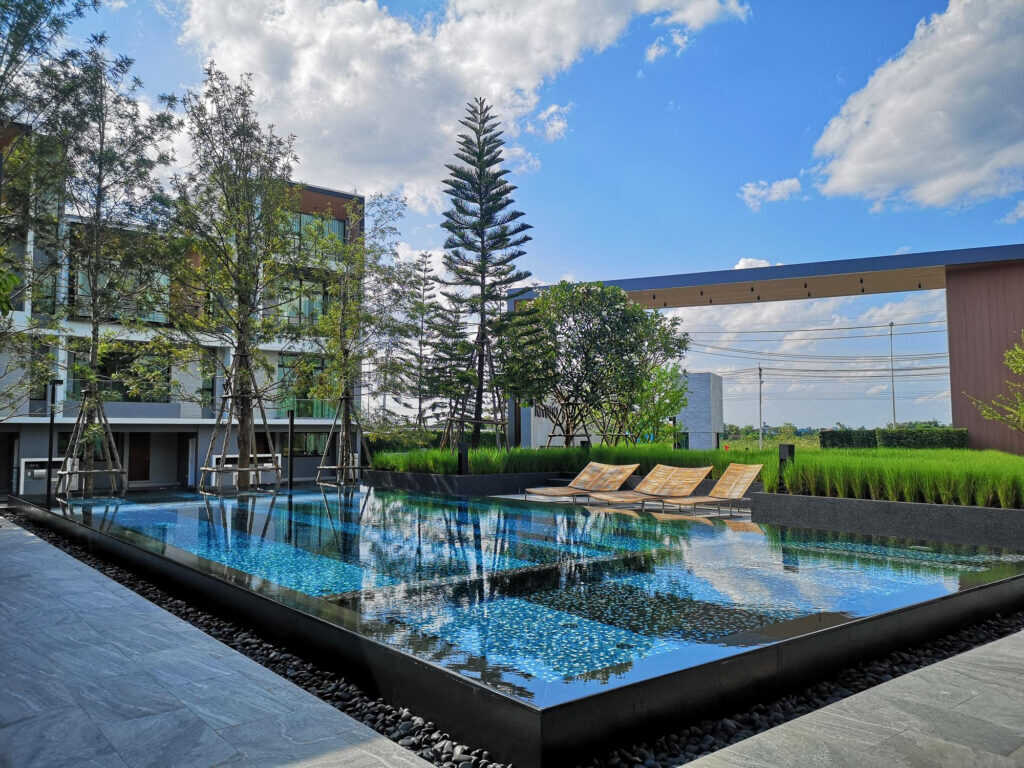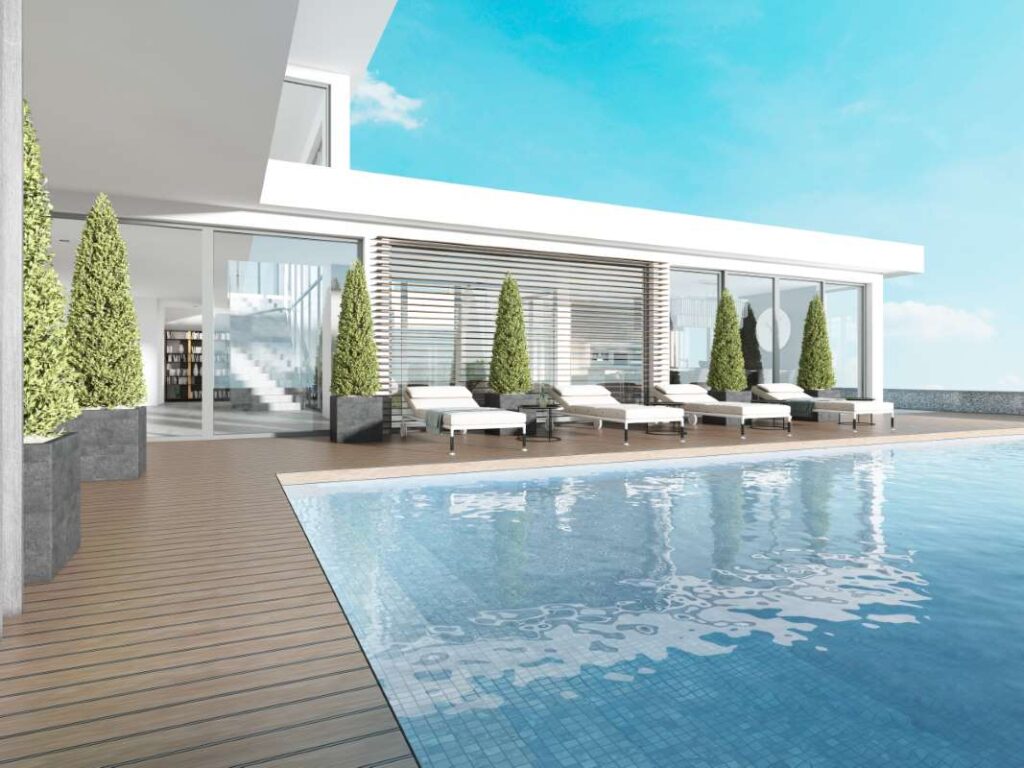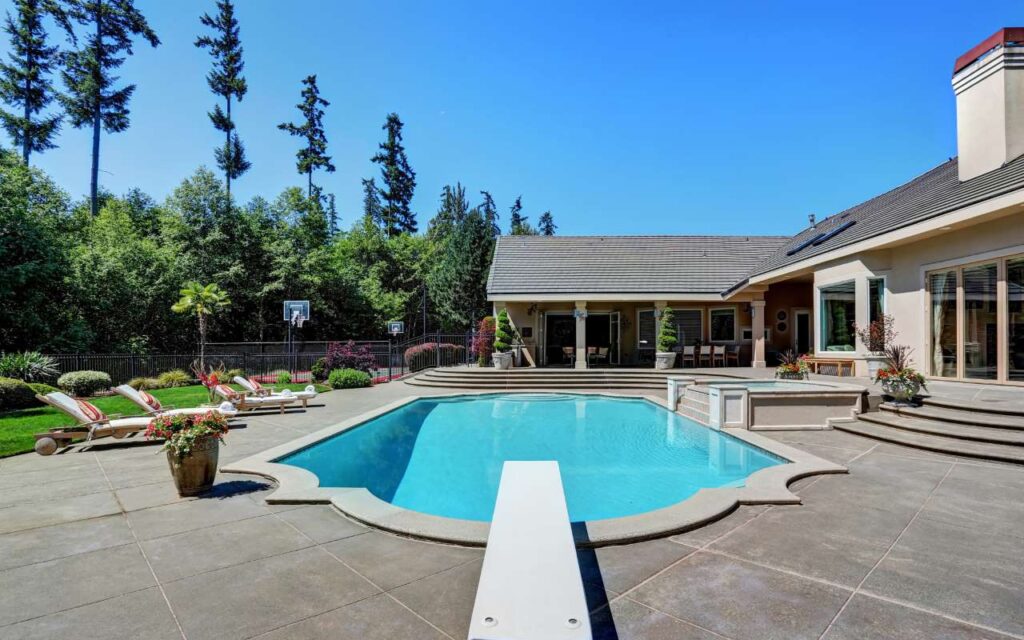Navigating Pool Maintenance During a Heat Wave
Learn how to effectively maintain your pool during heat waves to ensure crystal-clear water and a safe swimming environment.
As temperatures soar and summer heat waves hit, maintaining your pool becomes crucial not only for aesthetic appeal but also for health and safety. Heat waves can challenge even the most diligent pool owners, leading to issues like algae growth, chemical imbalances, and equipment strain. In this blog post, we will explore essential tips and strategies for navigating pool maintenance during these extreme weather conditions, ensuring your pool remains a refreshing oasis. We will cover everything from chemical balancing and water circulation to preventative measures for equipment and surface cleanliness.
Understanding the Challenges of Heat Waves on Pool Maintenance
– Increased Water Temperature: During heat waves, pool water temperature can rise significantly, creating an ideal environment for algae and bacteria growth. This can compromise water quality and clarity, making regular maintenance essential. – Evaporation and Chemical Imbalance: High temperatures lead to increased evaporation, which can concentrate chemicals in the water. This imbalance can cause skin irritation and damage to pool surfaces, necessitating frequent testing and adjustments. – Equipment Stress: Heat waves can put additional stress on pool equipment. Pumps and filters may need to work harder to maintain circulation and cleanliness, potentially leading to mechanical failures if not properly maintained.To mitigate these challenges, it’s vital to stay proactive with your pool maintenance routine during heat waves.
Essential Tips for Chemical Balancing
1. Frequent Testing: Test your pool’s water chemistry at least twice a week during extreme heat. Key parameters to monitor include pH, chlorine levels, and alkalinity. You may find that your chlorine levels deplete faster due to higher temperatures and increased UV exposure.2. Adjust Chlorine Levels: Aim to maintain a chlorine level of 1-3 ppm (parts per million). In hot weather, consider using stabilized chlorine products, which resist sunlight degradation. 3. pH Balance: The pH level should stay between 7.2 and 7.8. High pH levels can hinder chlorine effectiveness, while low levels can cause skin irritation and etching of pool surfaces.4. Use Algaecides: Adding a quality algaecide can help prevent algae growth during periods of extreme heat. This is especially important if the pool is exposed to direct sunlight for most of the day.5. Regular Shock Treatments: Shocking your pool weekly or bi-weekly can help maintain water clarity and prevent algae blooms. Use a shock treatment that fits your pool type and always follow the manufacturer’s instructions.By regularly checking and adjusting your pool’s chemistry, you can keep the water safe and enjoyable for swimmers.
Ensuring Proper Water Circulation
– Run Your Pump Longer: During a heat wave, increase the runtime of your pool pump to ensure proper circulation and filtration. Aim for at least 10-12 hours a day to effectively distribute chemicals and prevent stagnation.- Check Your Filter: Ensure that your pool filter is clean and functioning correctly. A clogged filter can reduce water circulation, leading to dirty water and increased algae risk. Clean or replace your filter media as needed.- Optimize Skimmer and Return Placement: Ensure that skimmers and return jets are appropriately positioned to promote good water flow. Adjusting these can enhance circulation, particularly in larger pools.- Monitor Water Levels: High temperatures lead to increased evaporation, which can lower water levels. Keep an eye on your pool’s water level and refill as necessary to maintain proper skimming and circulation.Good circulation is key to maintaining water quality and clarity, especially during hot weather.
Preventative Equipment Maintenance
1. Regular Inspections: Conduct regular inspections of your pool equipment, including pumps, filters, and heaters, to catch potential issues before they escalate. Listen for unusual noises and check for leaks or unusual vibrations.2. Clean the Pump Basket and Filter: Regularly clean the pump basket and filter to prevent blockages, which can strain your equipment. A clean filter promotes better water quality and reduces the risk of equipment failure.3. Monitor Pool Temperature: Keep an eye on the water temperature. If it’s consistently high, consider using a pool cover during the night to retain cooler temperatures and reduce the need for excessive cooling chemicals.4. Use a Timer: Installing a timer on your pump can help ensure it runs at optimal times, such as during cooler parts of the day, reducing energy costs while maintaining effective filtration.5. Keep an Eye on Algae Growth: If you notice any signs of algae growth, address it immediately. Brush the walls and floor of your pool regularly to prevent algae from taking root.Preventative maintenance not only extends the life of your equipment but also ensures your pool remains safe and pleasant for users.
Surface Cleanliness and Safety Precautions
– Regular Brushing: Brush the walls and floor of your pool at least once a week to remove any debris and prevent algae buildup. Focus on areas that accumulate dirt and debris, especially in corners and under ladders.- Skimming Debris: Use a skimmer net to remove leaves, bugs, and other debris from the surface of the water daily. This not only keeps the pool looking clean but also helps prevent organic matter from decaying and affecting water quality.- Safety First: Ensure that your pool area is safe for swimmers. Check that ladders, diving boards, and poolside furniture are in good condition. Consider placing non-slip mats around the pool to prevent slips in hot weather.- Educate Swimmers: Provide guidance to swimmers about proper pool behavior during heat waves. Encourage them to shower before entering the pool and to avoid swimming if they are feeling unwell.By maintaining surface cleanliness and adhering to safety measures, you can provide a safer swimming environment during hot weather.
Conclusion
In conclusion, navigating pool maintenance during a heat wave requires vigilance and proactive management. By understanding the challenges posed by increased temperatures, you can put essential strategies in place to maintain water quality, ensure effective circulation, and preserve equipment longevity. Through diligent chemical balancing, proper circulation, equipment maintenance, and surface cleanliness, your pool can remain a refreshing retreat even in the hottest conditions. Don’t let the heat wave get the best of your pool; stay ahead of the curve and enjoy a safe and enjoyable swimming experience all summer long. For those looking to enter the pool maintenance field, consider exploring
pool routes for sale to kickstart your journey with efficiency and support.



